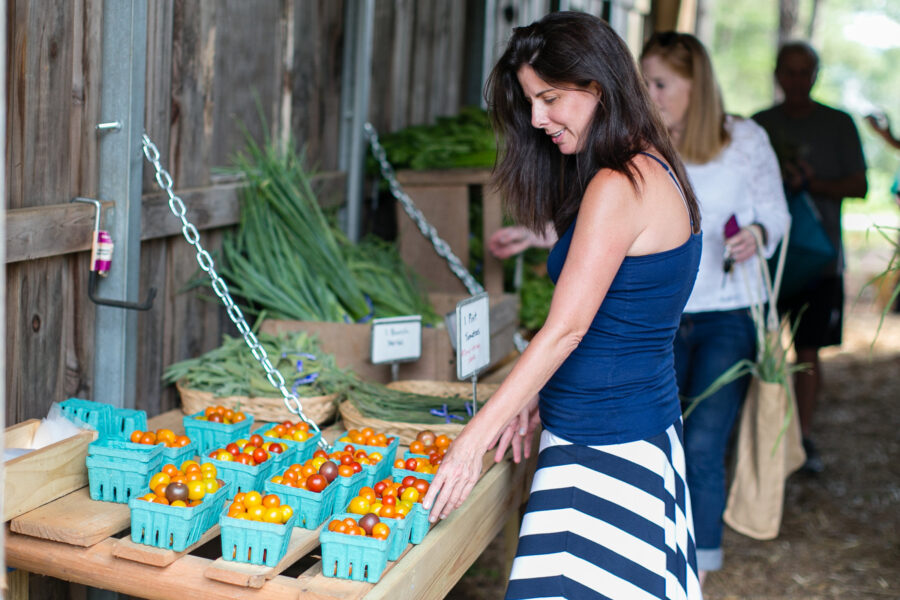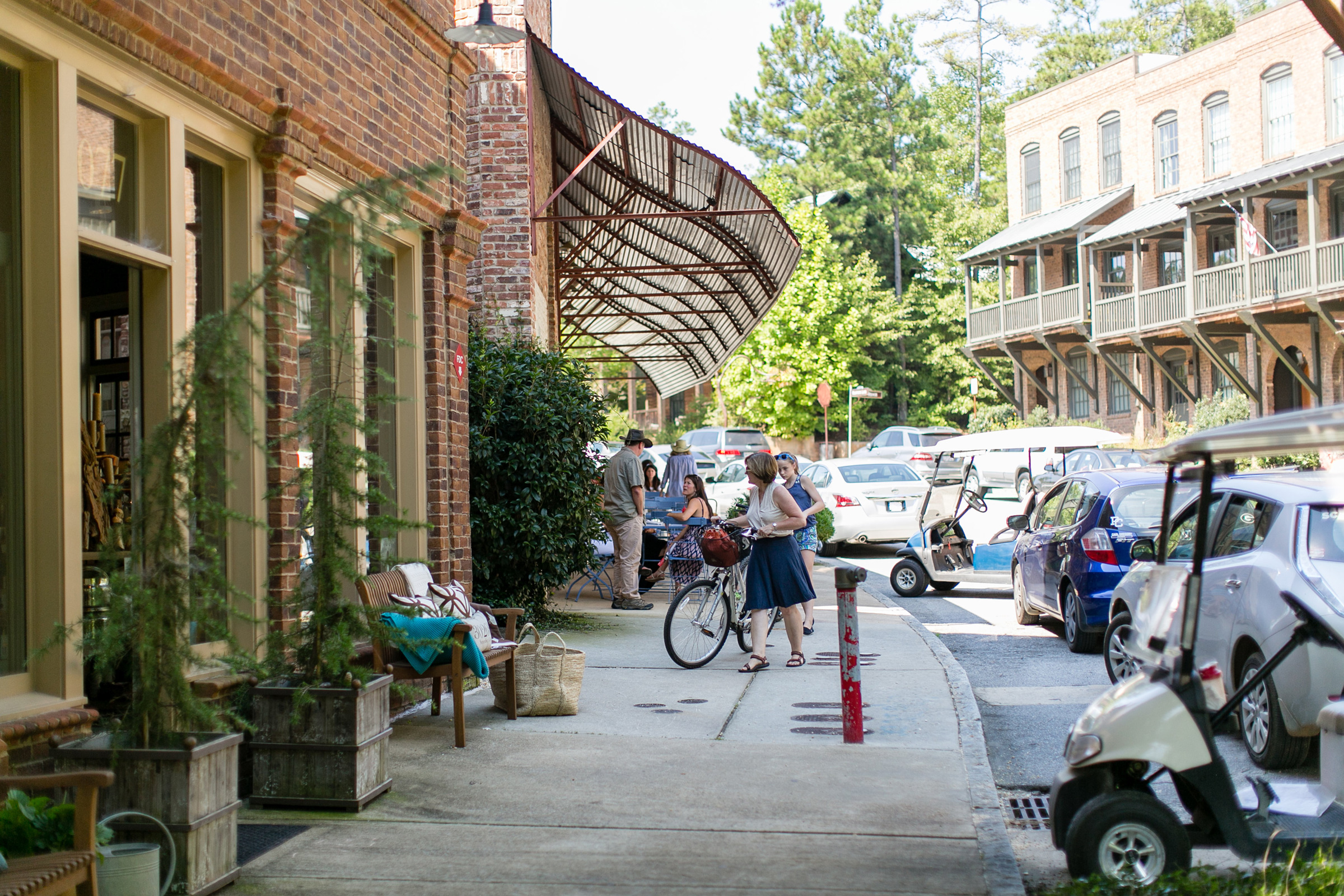This story was originally published in the May/June 2014 issue of gb&d magazine.
What does an über-green, burgeoning, and sumptuous New Urbanist community in Chattahoochee Hills, Georgia, owe the restaurant industry? Plenty, if you know the story of Serenbe, a hill country eco-development created by Steve and Marie Nygren.
Since the 1970s the Nygrens had been building the Peasant restaurant chain, which today has more than 30 locations from Minnesota to Florida. While on a country drive one day in 1991, the couple stumbled upon—and bought on a whim—a 60-acre farm outside Atlanta, thinking of the property as a retreat. Two decades later the Nygrens’ land has expanded to 900 acres, and 25 acres of that original farm are now the heart of a 180-home village. The serenity of the setting gave it its name.
Serenbe is more than a collection of handsome, green homes. It’s a community where people walk more than they drive, where front porches and shallow setbacks (three to 20 feet) encourage neighborly conversation, and where there is plenty to do. It has restaurants, all of which serve produce from Serenbe Farms, which is certified organic, and many residents are part of a large community-supported agriculture program. Homeowners gravitate toward affiliations in the arts, food culture, and wellness, and various events often draw together those who share interests and tastes—much like a popular restaurant.

CSA pickup at The Farm. Photo courtesy of Serenbe
But make no mistake, this is a real estate development. In this original reporting in 2014, spec homes in a range of styles were listed between $280,000 and $800,000, and custom-built residences were valued at up to $3 million. “These are fine homes,” Nygren says. “They don’t scream ‘environmental,’ even though they are.” All are built to EarthCraft standards, the certification program established by the Greater Atlanta Home Builders Association in 1999 to provide a blueprint for energy, water, and materials efficiency in the hot, humid climate of the Southeast US.
“When we first started looking at this land we became worried about land use, about how forests and fields were bulldozed for roads and houses,” Nygren says. “We spoke with our friend, Ray Anderson (the late founder of Interface who is widely recognized for his own environmental business practices), who suggested we gather thinkers on the subject.” In 2000, with the help of the Georgia Institute of Technology, they assembled two dozen experts on sustainable development to discuss the problems of typical sprawl. It was here that Serenbe was born.
The Nygrens purchased the additional acreage of forest and farmland for Serenbe, designating that 80% of it remain unbuilt. Steve references research by the Rocky Mountain Institute that found that people who buy homes abutting golf courses most often aren’t golfers. “This told us there is a market for expensive homes on small lots that back up to, say, an organic farm,” Nygren says. “We also felt that with attractive, well-built homes we could draw influencers.”
The developers hired an architect to study the Southern vernacular, which includes Craftsman-style homes of the early 20th century. “But we didn’t want a cookie-cutter and bland development,” Nygren says. Serenbe homes range from cottages and townhouses to live-work lofts (which include street-level space appropriate for workshops or retail use) and grander estates in Queen Anne, Adam, and Greek Revival styles. A modernist aluminum-clad facade can easily bump up against a masonry-front building that could have been constructed in the 19th century. Lot sizes range from a half acre to one-fifth of that.
Sustainable FeaturesBehind the aesthetics are high-performance mechanical systems, tight envelopes, and energy-efficient appliances that do the heavy lifting. Wastewater is filtered and reused on a community-wide basis, and stormwater is directed to vegetated filter strips and bioswales. The master plan flows with the natural terrain, with pains taken to minimize disruption to native flora and fauna.
Situated 25 minutes from the Atlanta airport, Serenbe serves visitors with a beautiful hotel, inn, and conference facility. Marie, who oversees interiors of the village’s model homes, its three restaurants, and all farm and food operations, has an easy relationship with the hospitality end of the business. “My job is food and beauty,” she says.
Like a restaurant, Serenbe offers a product that people enjoy, a destination atmosphere, and a place for people with shared tastes—satisfying palates as it nurtures the natural environment. And there’s still room to expand. There is enough land to build up to 1,400 homes without encroaching on the 80% set aside to remain in its natural state.

